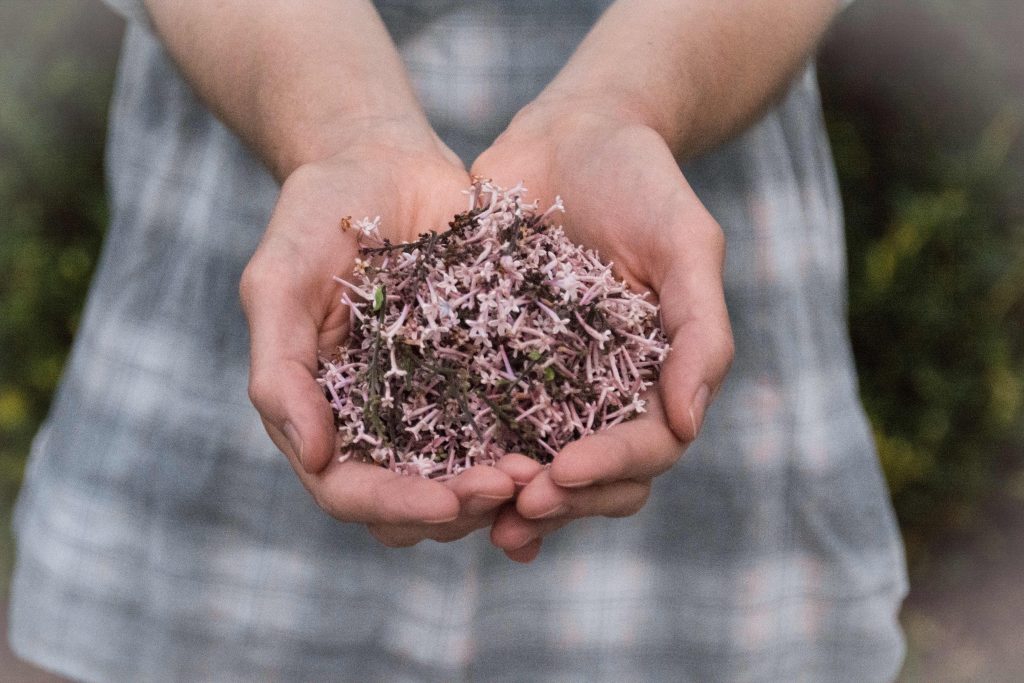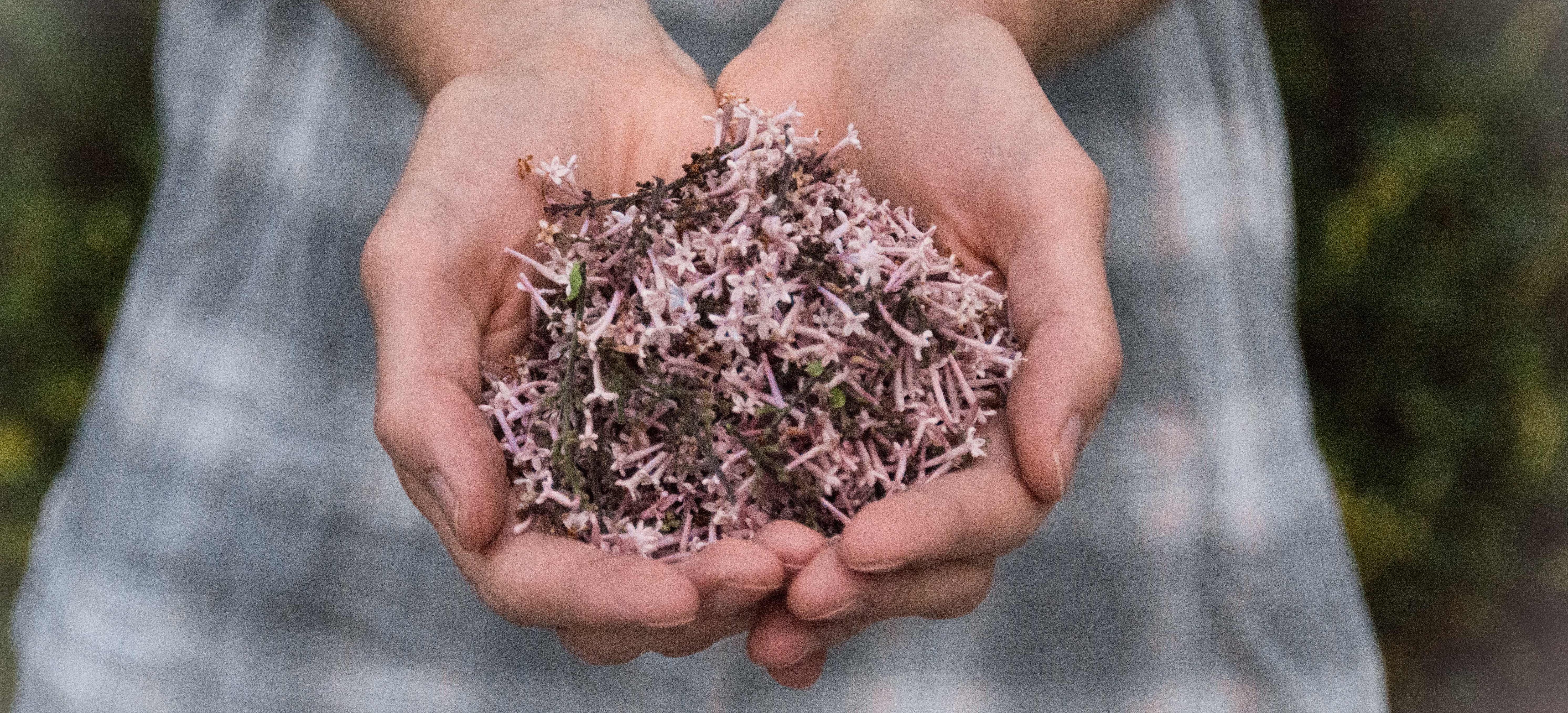
Feeling perpetually sick with winter colds is common for many living in the Northeast. To cure these illnesses, herbal remedies have become commonplace.
The proliferation of these products on our grocery store shelves is proof that demand has shifted away from pharmaceutical solutions. Many consumers see their switch from pharmaceuticals to herbals as having fewer side effects (we all know the feeling of taking too much Sudafed) and, overall, as a gentler way to cure colds.
Products that once seemed foreign, such as echinacea, goldenseal and ginseng, are now found in health food stores everywhere. According to a study by the European Commission and reported by the New York Times, natural plant substances generate more than $75 billion in yearly sales.
The Herbs in Many Remedies are Harvested Unsustainably
Yet the connection between where and how we are getting herbs remains relatively unexamined. India and China are the largest medicinal plant consumers; in India, more than 90 percent of traded medicinal plants are grown in the wild and harvested unsustainably.
This is because the root is often the strongest and most crucial part of the herb, and harvesting cuts the roots out of the plants. Roots take years to grow back–for example, ginseng root can take roughly 4-5 years to grow. Unless nearby plants are left to grow untouched or new seeds are planted, harvesting can decimate a location.
Unsustainable harvesting shrinks native habitats and contributes to externalities such as loss of biological diversity. Due to unsustainable harvesting, 20% of medicinal plants in the world are under threat of extinction.
It also has social consequences. As a plant population declines, harvesters make less and less money. Younger generations seek different opportunities, and the knowledge of herb harvesting is at risk of disappearing.
What Should Consumers Do?
Clearly, there’s a disconnect between the type of environmentally conscious consumers who tend to buy herbal remedies and the good stewardship of wild herbs.
Resources are available for consumers who want to purchase herbs harvested locally and ethically. (Local herbs and tinctures are more likely to be made from sustainably harvested plants.)
The Sustainable Herbs Project is a good resource for consumers. It suggests purchasing products that are FairWild certified. Additionally, purchasing products that use the leaves, berries, and flowers of plants ensures that the plant was not uprooted and can grow further. Consumers should ask their retail locations whether the plants in the remedies they’re purchasing were collected in the wild or farmed.
Consumers can also learn more about other solutions to curing their colds, including from United Plant Savers’s Ginseng Summit, and USFWS.
The truth is we still don’t know all of the benefits that medicinal herbs carry. Over-harvesting of the plants will guarantee that we never do. The future of medicine relies on everyone. Not only decision-makers, governments, international agencies, and pharmaceutical companies, but we consumers, need to commit to the sustainable development of herbs.
